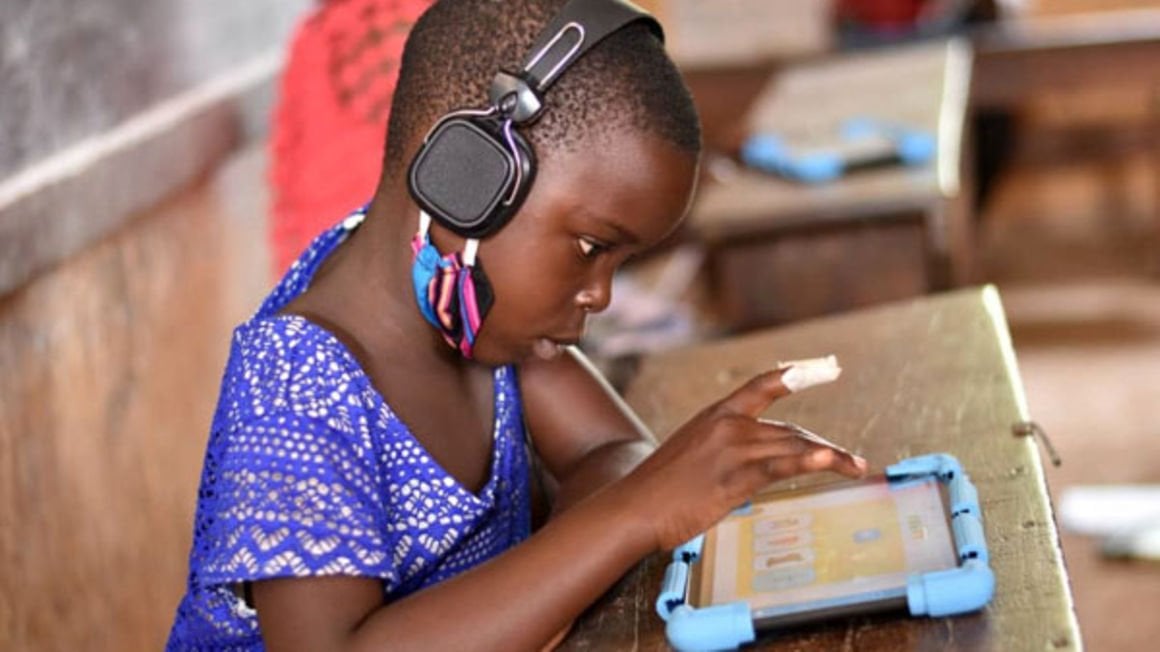Prime
Strengthen measures to prevent online child abuse, manipulation

What you need to know:
- In today’s increasingly digital world, the issue of keeping children safe in the electronic world, is extremely important. As these technologies evolve and access becoming more widespread, the risks and issues are also evolving and changing
The Daily Monitor on July 21 carried a story titled ‘How Greenhill pupils were duped into fake business’. According to the Kampala Metropolitan police deputy spokesperson, Mr Luke Owoyesigyire, three pupils of Greenhill Primary School, Buwate, a Kampala suburb, were duped by their fellow pupil into a non-existent online mobile phone business.
In a viral audio, one of the parents of the victims wondered how their children were able to use smartphones to carry out such plans.
Lately, various information and communication technologies such as smart phones have become an integral part of our lives-and by extension, children’s lives too.
There is no doubt that these technologies bring numerous benefits for children in terms of educational attainment and social inclusion.
In fact, during the Covid-19 lockdown, many primary and secondary schools innovated around such ICT gadgets to deliver the continuity of learning programme targeting children.
It should be noted that some children also use these technologies to interact with their significant others such as friends, and relatives.
However, these gadgets also expose children to dangers that defy age, geographic location and other boundaries that are more clearly delineated in the real world. This can result in risks to children such as having abusive images of them shared on the Internet, being groomed or lured into dangerous online conversations or exploitation by adult offenders, being bullied online and duped into fake exploitative deals, like what happened to the three students.
In today’s increasingly digital world, the issue of keeping children safe in the electronic world, is extremely important. As these technologies evolve and access becoming more widespread, the risks and issues are also evolving and changing.
So, it is important that we understand the current context and adjust swiftly to effect changes.
As we make the changes, we should understand that there is no single effective approach to combat this online abuse, manipulation and exploitation of children.
We need collective efforts by law enforcement agencies, social workers, teachers, parents, children and the private sector. Ultimately, the responsibility lies upon adults to put in place a framework that ensures children interact within a safer online environment, if they choose so.
Law enforcement agencies need to be capacitated with specialist skills, technologies and facilitation to undertake surveillance, receive and manage incidents of abuse, manipulation and exploitation of children at all times.
Government should also invest in designing and implementing measures required to address the needs of children who have been harmed through abuse, manipulation and exploitation of children online and to build the capacity of social workers who rehabilitate them.
The three children who were exploited will need to be counselled and supported to live normal lives.
There is a need to build the capacity of teachers to alert them of the risks children face while online and teach them how to recognize warning signs and symptoms, especially for the children who take ICT gadgets to school.
We should also strengthen parental capacities to protect children through programmes that inform them about the benefits and risks associated with i technologies, strategies that children can adopt to keep safe, potential sources of help, and the importance of dialogue and engagement with their children.
We should also encourage parents to improve their understanding of their children’s online activities. Parents of children who get abused, manipulated and exploited may also need counselling and other support to adjust back into their parenting roles. Otherwise, they may look at themselves as being inadequate parents.
There is a need to empower children to enhance their resilience to harm. Children need information about risks and how to avoid them, and the mechanisms and pathways to follow if they find themselves in situations they judge to be dubious. They need skills to make informed choices in their online activities and to provide each other with support.
Lastly, given its central role in designing and driving online communications, the private sector must recognise that contributing to the wider social goal of making these technologies safer for children is intrinsic to expanding access and innovating content.
Anselm Wandega
[email protected]




